The distillery room at Maine Craft Distilling on Portland’s Washington Avenue is filled with the smell of fermenting mash, reminiscent of sourdough bread rising.
In one corner, gin made with Maine-grown malted barley spits from a Scottish-style still. Elsewhere, an employee is bottling a single malt whiskey, also made with Maine grains that have been smoked with Maine peat and seaweed. Over by the barrel room, where the distillery’s products are aged in locally constructed oak barrels, a large, round open fermenter is filled with a goopy, brownish substance that looks almost as if it’s bubbling on the surface. Lean close, and the unmistakable whiff of apples fills your nostrils.
The owner, Luke Davidson, explains that the huge barrel has no cover so the ferment can capture not only the wild yeast on the apples but on the wood as well. “We like a bit of funk happening,” he said. “It helps with our flavor profile.”
The apples came from Doles Orchard in Limington, and the hard cider will be used to make apple brandy that will be aged three years before it’s released. Davidson has pledged to buy all of the orchard’s dropped apples, enough to make 6,000 gallons of cider-turned-into-brandy per year.
Maine craft distilleries, following in the footsteps of craft brewers, are using more local agricultural products in their spirits. Two years ago, Maine Craft Distilling bought 26,000 pounds of Maine-grown malted barley; this year, Davidson expects to go through 312,000 pounds. The distillery also uses 20,000 pounds of Maine blueberries annually in its blueberry moonshine.
At Liquid Riot Bottling Co. in Portland, 300 to 400 pounds of Maine grains go into its whiskeys each year, including Maine-grown rye and buckwheat and some Maine corn in the bourbon.
It’s part of a national movement to link farmers with local distillers, but no hard data yet capture the trend, according to Alexandra Clough, spokesperson for the American Craft Spirits Association in Louisville. “It’s mimicking the craft beer and local food movement, where people want to know where ingredients are coming from,” she said.
Andrew Faulkner, vice president of the California-based American Distilling Institute and managing editor of Distiller Magazine, points out that the buy local movement in the craft distilling industry has deep roots right here in Maine. Chris Dowe, the head distiller at Cold River Vodka in Freeport, was “a prominent figure” in the early years of craft distilling, he said, and “one of the first real proponents of local sourcing of ingredients.”
“He’s been influential to the people who have been influential in the market,” Faulkner said.
Dowe said when Cold River Vodka was founded 12 years ago, no one else was selling craft spirits in Maine, much less craft spirits made with local farm products, and it was “very difficult” to sell bar managers and bartenders on the concept. “We wouldn’t have survived without the restaurants in Portland,” he said.
In those early years, Cold River Vodka sourced 400,000 pounds of Maine potatoes annually from Green Thumb Farms in Fryeburg. Last year, the company distilled 1.4 million pounds of Maine potatoes, some of which now go into its gin. At the time Cold River Gin came to market, it was the only potato-based gin in the world, Dowe said.
LAW AND ORDER
The creativity of craft distilleries has been unleashed in recent years as states have enacted so-called farm-to-flask laws to encourage collaboration between distilleries and the agriculture industry, starting with New York’s Farm Distillery Act in 2007. Subsequent laws in many other states gave certain advantages to distilleries that pledged to source a percentage of their ingredients locally – tasting rooms, the ability to sell cocktails and bottles of booze directly to the public, and faster and cheaper licensing. It’s a rollback of Prohibition-era laws, a 21st-century strategy to make it easier to start a small distillery, create jobs and bring in more tourist dollars.
The result? Craft distilling “shot through the roof” in New York, Clough said.
This year, at least a dozen more states have jumped on the bandwagon. “It’s also launching a movement among farmers to grow heirloom products that are more desirable to distillers,” Faulkner said.
In Maine, many of the old rules have already been changed, thanks in part to the boom in craft brewing.
“The brewers actually drove the change,” Davidson said. “They made tasting rooms more accessible. They made the sale of beverages out of the tasting rooms accessible.”
Those changes have helped spark innovation among Maine craft distillers and led to more collaboration with local farmers.
DESTILL MY BEATING HEART
At Split Rock Distilling in Newcastle, which opened in 2016, distillers Topher Mallory and Matt Page make a horseradish vodka using horseradish grown on Snakeroot Organic Farm in Pittsfield. Their blueberry vodka is made with wild, lowbush organic blueberries from Elderflower Farm in Lincolnville.
The horseradish vodka was inspired by the oyster aquaculture industry in the Damariscotta River. Horseradish vodka pairs well with oysters, Mallory said, and it’s “an obvious marriage for a Bloody Mary.”
Split Rock distillery is certified organic by the Maine Organic Farmers and Gardeners Association. When the distillery was hunting for organic horseradish, Snakeroot was the only farm that was growing enough to meet their demand. Farmer Tom Roberts said that before Split Rock came along, he’d sell about 10 pounds of horseradish in a year – a half-pound here, a half-pound there.
“Most people who like it probably have a little patch in their backyard anyway, so there’s not much market for it,” he said.
Now Roberts sells Split Rock 20 to 30 pounds of horseradish in spring and fall. He’s expanding his crop and, for the first time, starting to fertilize it. “We never had to encourage horseradish to grow before,” he said. “A casual corner of the yard would produce more than we need. Now we’re in the opposite situation. We hope to be able to give them a couple of hundred pounds a year.”
Roberts said he isn’t making much money off of the arrangement yet, but “we can look at that little corner of the garden and know that it’s supporting itself. We feel proud that we are producing something that no one else is producing. It’s an oddball item in an oddball product.”
Roberts said he’s also had some discussions with Mallory and Page about growing angelica, an herb that is used to flavor gin.
GROWING STEADY
The relationship between distillers and their farmers works differently for everyone. Davidson is so busy he hasn’t been able to make it up to Aroostook County to visit the Maine Malt House, where he sources his malted barley. Keith and Constance Bodine, on the other hand, regularly visit their farmers in different parts of the state. The Bodines own Sweetgrass Farm Winery & Distillery in Union, where they go through 70,000 pounds of Maine-grown fruit and grains each year. They are so dedicated to the concept of local that they started distilling whiskey only after they knew they’d be able to buy Maine barley.
“We really wanted something that had the terroir of Maine,” Keith Bodine said.
The Bodines get apples for their cider and apple brandy from Hope Orchards; blueberries for their award-winning Back River Gin from Blueberry Valley Farm in North Union, just three miles down the road from the Bodine’s farm; and the cranberries for their cranberry gin from growers in Washington County. Constance just made a trip up there to pick up 3,500 pounds of cranberries.
“Usually we go up and taste, and look around too,” she said, “to see how the harvest is looking.
The couple reaches out to their growers every few months. They quiz their apple producer, Brien Davis, on what’s looking good, and are the apples going to be large or small? Was it rainy during growing season? How was the bloom? Has there been any disease? They typically use a blend of 14 different varieties of apples in their cider and brandy, a mix the Bodines like to guide, adding to the complexity of the final product.
Davis also schools them on new varieties. “He’s always asking us to try apples we’ve never heard of,” Constance Bodine said.
The Bodines prefer buying their blueberries from Rick Noyes, a small, independent grower, because they can get the sugar content they like in the berries. They can tell Noyes that their last batch of blueberries had a few too many leaves in it, and he will double winnow the berries for them.
“Having that relationship with the farmers so that we get exactly what we want has been really terrific,” Constance Bodine said. “They know what we’re looking for.”
FROM AWAY
Buying local isn’t always practical, however. At Split Rock Distilling, although the owners try to source ingredients as close to their business as possible, organic trumps local. They use 2,000 to 4,000 pounds of organic corn to make vodka every week, and they haven’t been able to find a farm in Maine that can meet their demand.
“We could do small batches, but we want to keep continuity of flavor,” Topher Mallory said. “We need to have a regular source.”
So their corn comes from the Champlain Valley in Vermont, which is, at least, still in New England. The corn is milled in New York.
Similarly, Ian Michaud, distiller at Liquid Riot Bottling Co. in Portland and president of the Maine Distiller’s Guild, says most of the corn in his bourbon is from away.
“If we wanted to make a true, 100-percent Maine bourbon,” he said, “it’s going to be difficult to find corn in the quantities that we need.”
Michaud also points out that a lot of gins, as well as Liquid Riot’s Fernet Michaud, are made with many different herbs, roots and spices that aren’t grown here in Maine – at least not yet.
“I think a lot of us would like to be able to source more stuff from Maine, but those types of herbs are so unique that the only real option is to order from a big spice company, so who knows where all the stuff comes from,” he said. “If there are farmers out there who want to take a gamble and start growing some of these things, I’m sure there would be a market for it.”
One of Luke Davidson’s first products was a liqueur called Chesuncook, a spirit made from carrots, barley spirits and botanicals.
“We used to buy (the carrots) locally,” Davidson said, “and we used to juice them ourselves, and it was a nightmare. It takes 16 pounds of carrots to make one gallon of juice. I would literally buy out all the B-grade, second-cut carrots from anyone who would sell them to me.”
Davidson needed 1,000 gallons of carrot juice at a time, so he started shopping around for an expensive industrial juicer. Then he got a call from “a big carrot company” from another part of the country that said they could sell him carrot juice by the 55-gallon drum.
Now, in addition to making Chesuncook, Davidson has created a high-end carrot eau de vie that he plans to call Crazy Hare. He has high expectations for the spirit – dreams of selling it in Paris, in a fancy bottle – but he would still like for it to be a 100-percent Maine-made product.
“I’d love for a carrot farmer to call me up and say, ‘We can provide you with that.’ I would be all over it,” he said.
Send questions/comments to the editors.


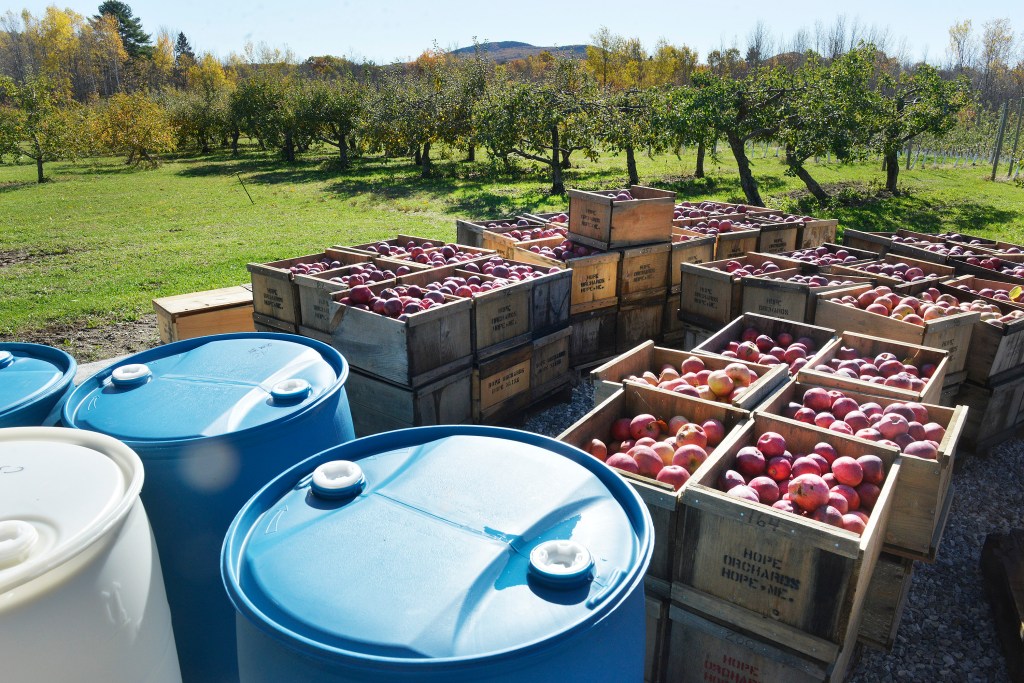
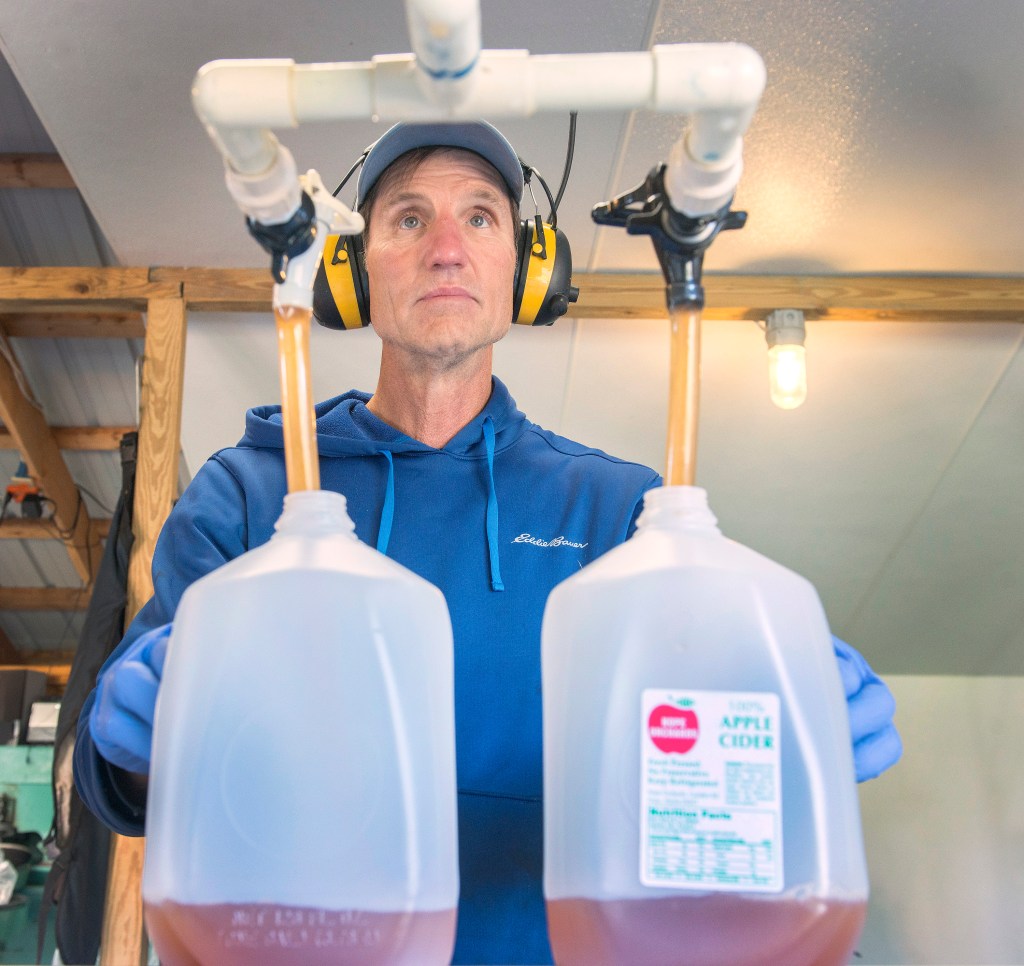
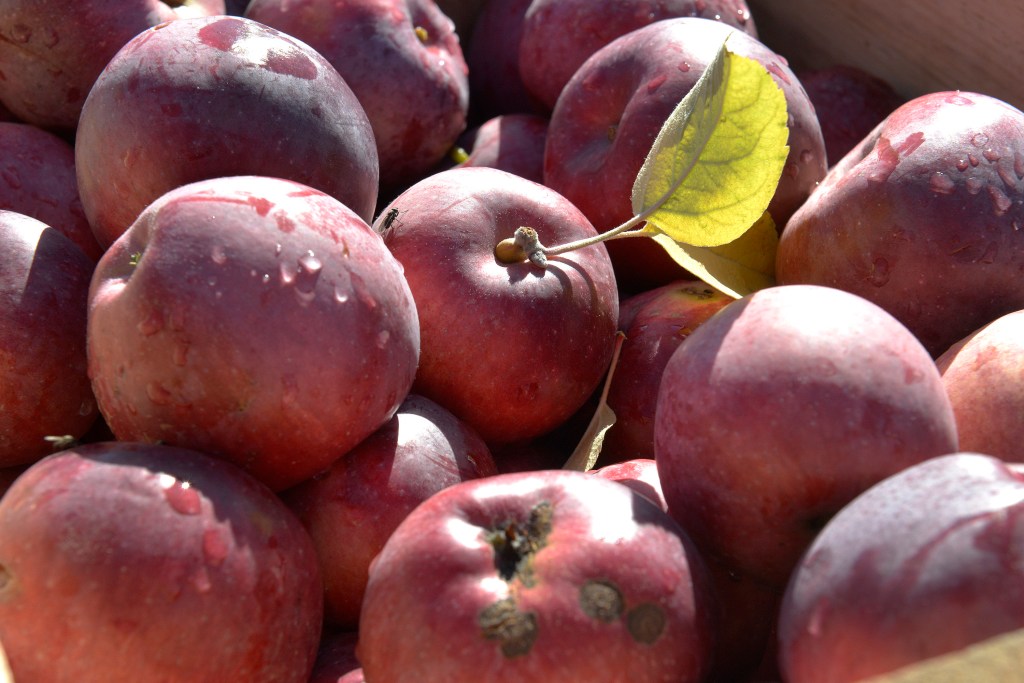
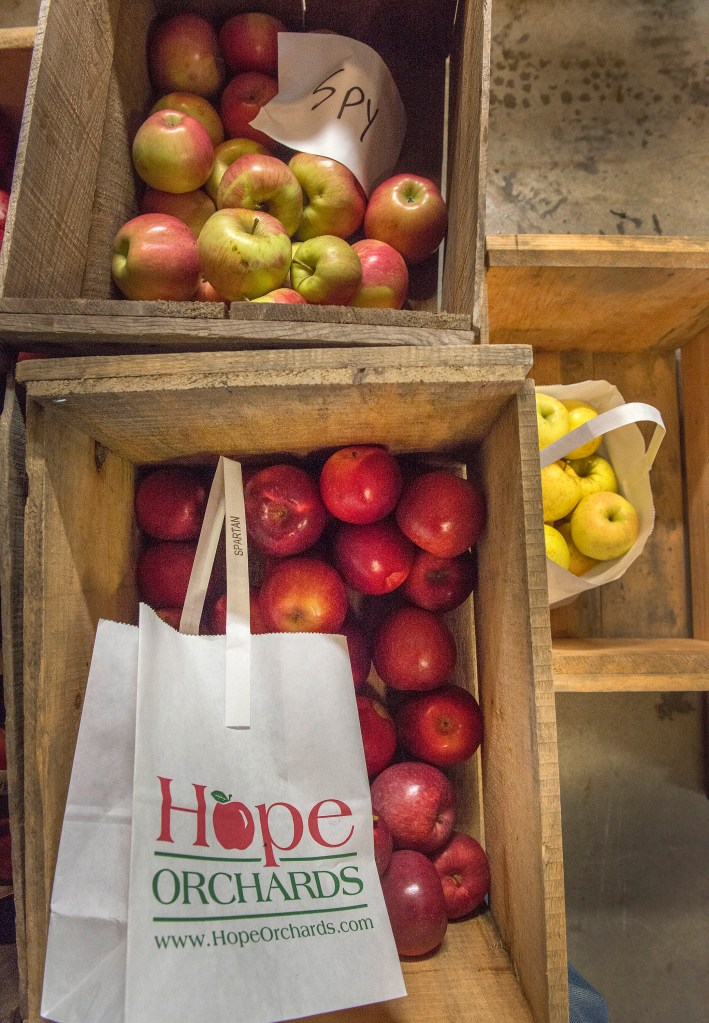
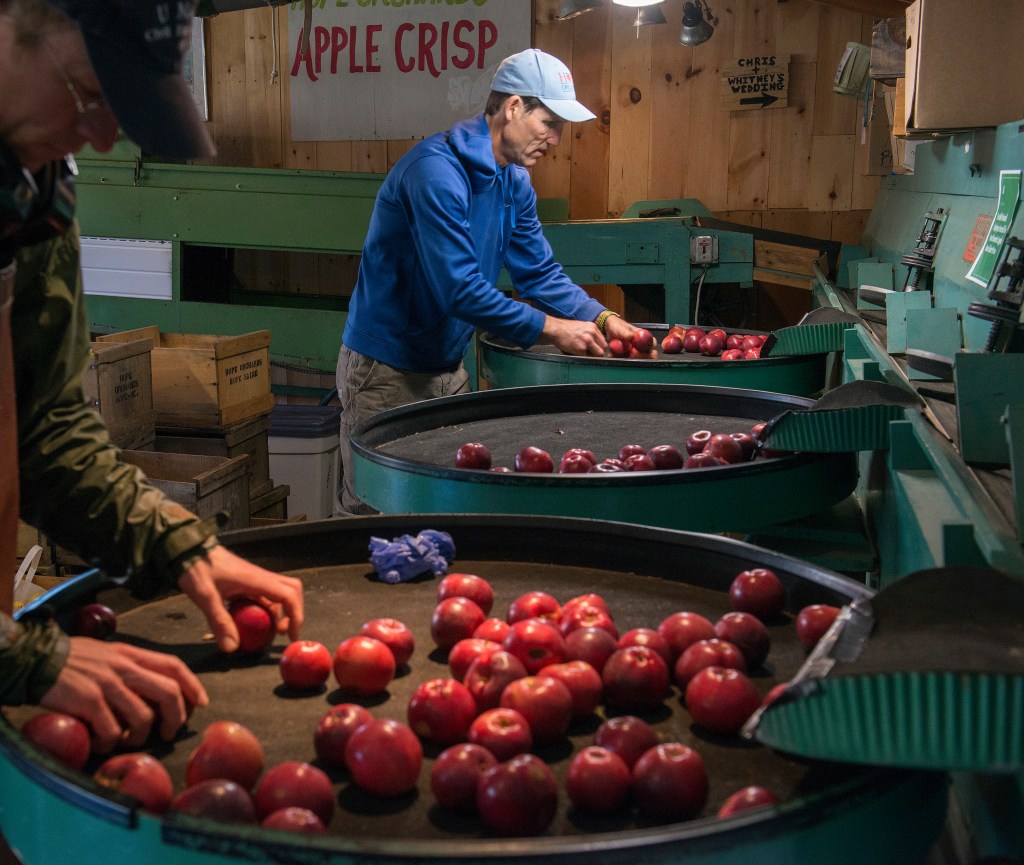
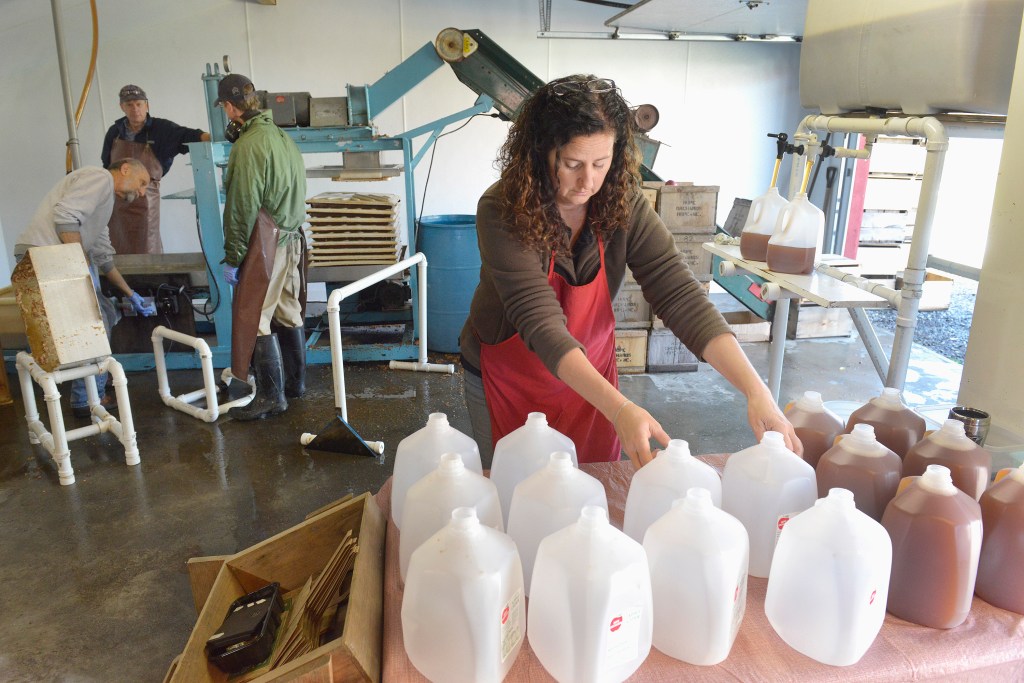
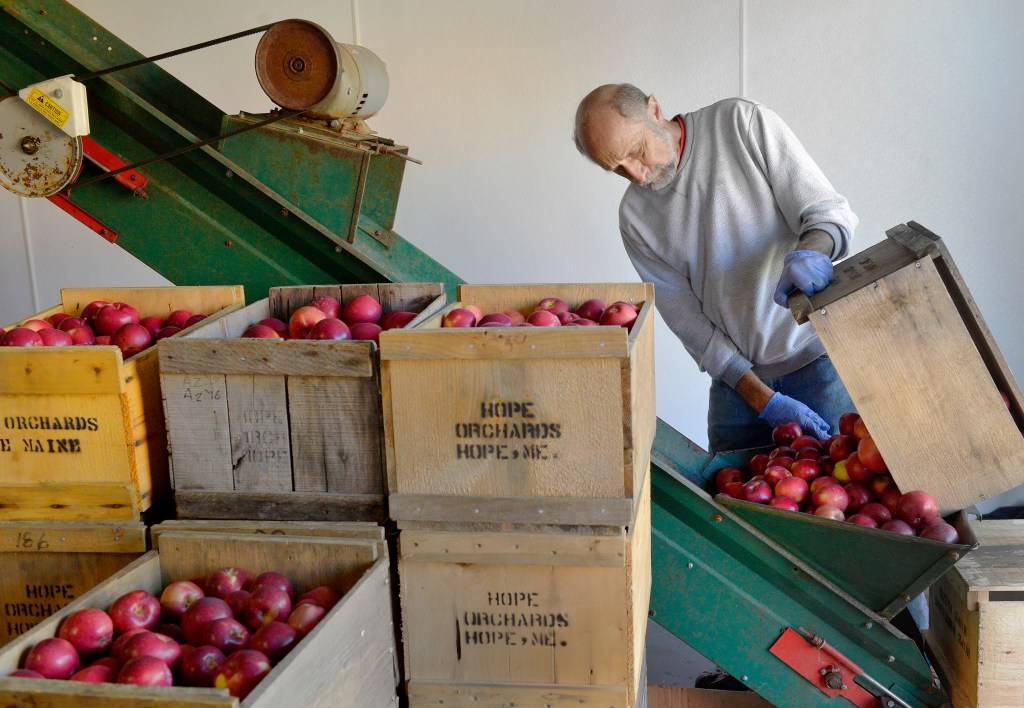
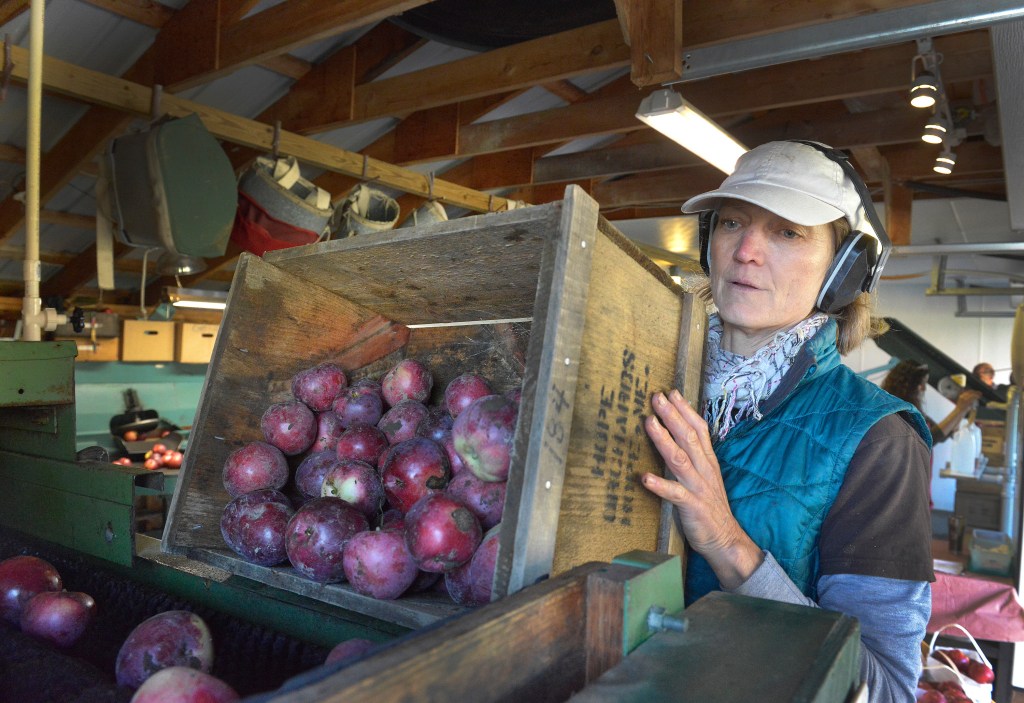
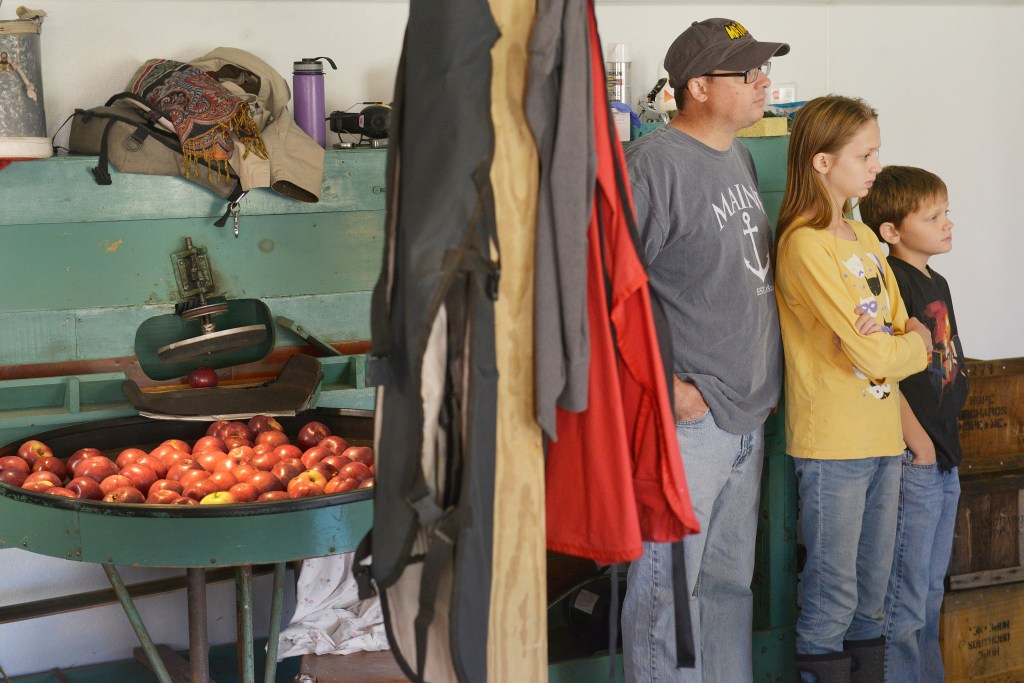


Comments are no longer available on this story